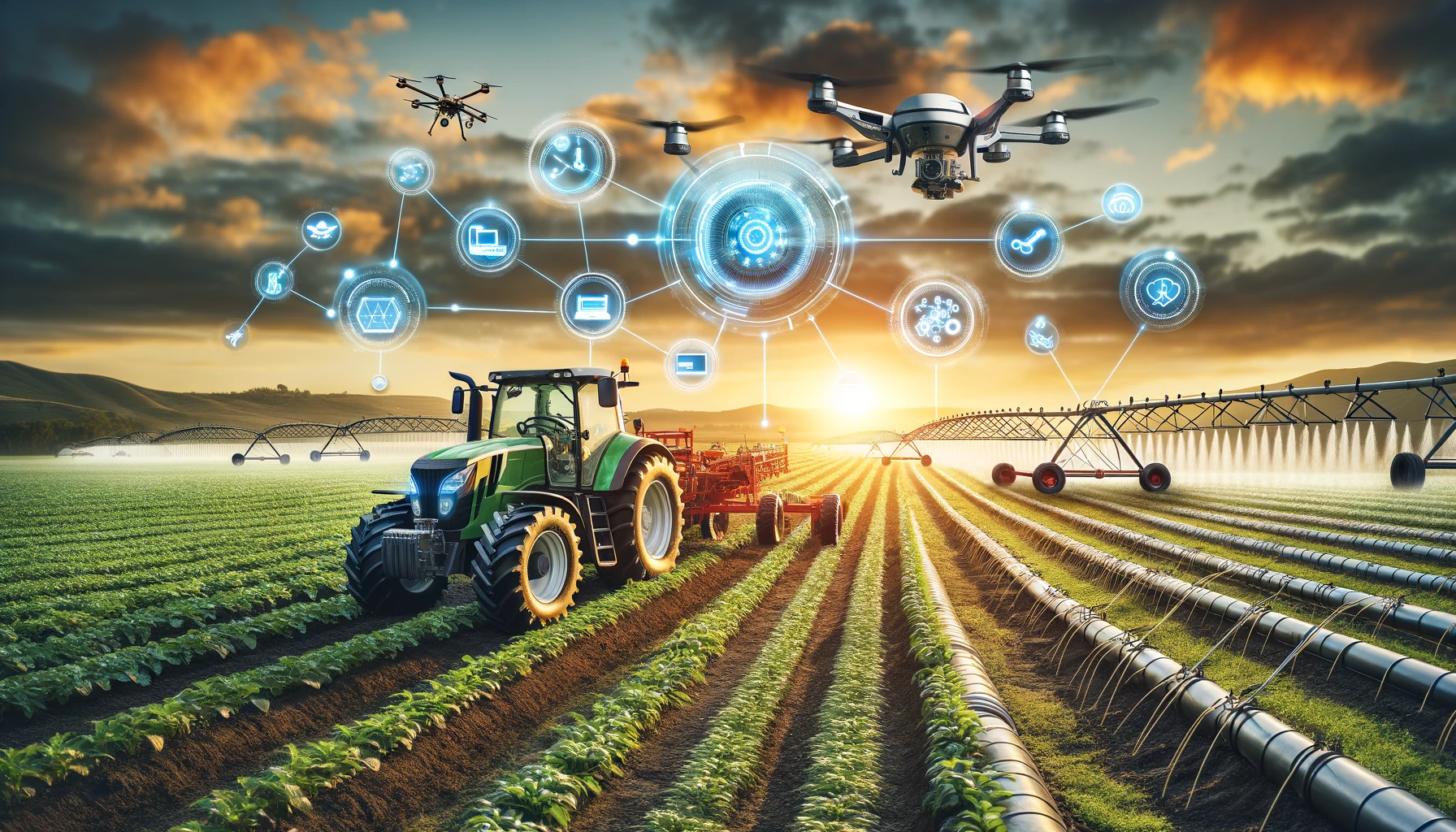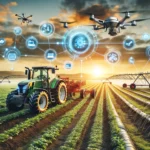As we forge ahead into a future marked by growing populations and shifting climate patterns, the role of technology in agriculture has never been more critical. The latest advancements in agricultural technology are not just enhancing the efficiency of traditional farming methods but are setting new benchmarks for productivity and sustainability. This blog post explores the recent groundbreaking developments in farm technology, including innovative software, cutting-edge equipment, and transformative tools that are reshaping the agriculture landscape.
Innovative Farm Management Software
Smart Farming Solutions One of the most significant advancements in agricultural technology is the development of farm management software. These platforms integrate data from various sources on the farm to provide actionable insights that help farmers make better decisions. Features such as real-time monitoring of crop health, automated weather alerts, and predictive analytics for pest and disease outbreaks are transforming farm management into a data-driven science.
AI-Driven Predictive Analytics Artificial intelligence (AI) is playing a pivotal role in predictive analytics, offering forecasts on crop yields, soil health, and climate conditions. This technology not only helps in planning and optimizing the use of resources but also minimizes the risks associated with unexpected weather events and market fluctuations.
Revolutionary Farming Equipment
Autonomous Tractors and Drones The automation of farm equipment is another frontier in agricultural technology. Autonomous tractors that can plow, plant, and harvest without human intervention are already being tested, promising to revolutionize the labor dynamics on farms. Similarly, drones are being widely adopted for a variety of tasks, from aerial spraying of fertilizers and pesticides to detailed crop surveillance, significantly reducing the time and labor required for these activities.
Robotics in Harvesting Robotic technology is also making strides in harvesting operations, particularly for crops that are delicate and require careful handling. These robots use advanced vision systems and machine learning to detect ripe fruits and vegetables and harvest them at peak freshness, minimizing waste and improving quality.
“When you listen to yourself, everything come naturally. It come from in, like a kind of will to do something. Try to be sensitive. That is just a few clicks away.”satisfied client
Advanced Tools and Equipment
Precision Agriculture Tools Precision agriculture continues to advance, with tools that allow for highly accurate planting, watering, and fertilizing. GPS technology, soil scanning, and water sensors enable farmers to understand the exact needs of their crops at a micro-level, dramatically improving resource efficiency and crop yields.
Hydroponic and Aeroponic Systems On the cutting edge of farming technology are hydroponic and aeroponic systems, which grow plants without soil. These systems use nutrient-laden mist or water, reducing water usage by up to 90% compared to traditional farming methods. These systems are particularly advantageous for urban settings where space is limited and soil quality is poor.
The Future of Farming Technology
Integration of IoT and Blockchain The future of farming technology lies in the integration of the Internet of Things (IoT) and blockchain technology. IoT devices can collect vast amounts of data from farm sensors, which can be securely recorded and shared through blockchain, enhancing traceability and transparency in the agricultural supply chain.
Genetic Editing and Biotechnologies Advancements in genetic editing, particularly CRISPR technology, are set to further revolutionize agriculture by enabling the development of crop varieties that are more resistant to diseases, pests, and environmental stresses. This could significantly boost yields and reduce dependency on chemical inputs.
Conclusion
The trajectory of agricultural technology points towards a more efficient and sustainable future for farming. As these technologies continue to develop and become more accessible, they promise to address some of the most pressing challenges in agriculture today, including labor shortages, environmental sustainability, and food security. Embracing these technological advancements is not just beneficial but essential for the evolution of the agricultural sector in the 21st century.




